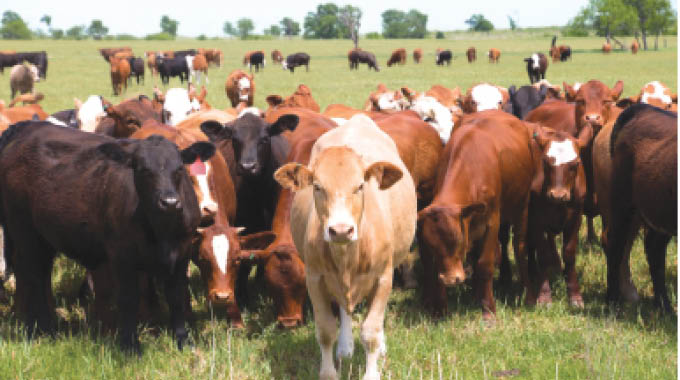
The Sunday News

Livestock Production Systems in Zimbabwe says livestock provides income and employment to farmers, agricultural service providers and others involved in the value chain.
Furthermore, Zimbabwe’s livestock production system is characterised by small-scale subsistence farming. Despite the importance of livestock to rural livelihoods, productivity remains low.
This is linked to farmer behaviour, feed unavailability and cost, poor quality of animals, diseases, and frequent droughts.
The organisation further says that animal health management, improved breeds and improved feed are key to enhance resilience. Tick-borne diseases are causing high cattle mortalities owing to lack of repairs to communally owned dip tanks and lack of regular supply of acaricide. Other vector diseases are affecting livestock, with lack of efficient control and monitoring of animal diseases.
Nonetheless, we note the enormous work being done by the Ministry of Lands, Agriculture, Water and Fisheries to capacitate Agricultural Extension Workers and others in the production chain so that the livestock sector contributes towards the country’s economic recovery.
The Government has come up with a number of initiatives to boost the national herd, starting with the Livestock Command scheme where communal farmers were given heifers to boost their herd. In addition, there is a nationwide programme for artificial insemination.
The artificial insemination practice involves the collection of sperm cells from a bull to manually deposit them into the reproductive tract of a cow.
The programme came following the realisation that the country had a shortage of bulls, at a time it is working on restocking following a sharp decline of the national herd since 2000. Zimbabwe has an estimated national herd of five million, of which 45 percent are males.
The programme will lead to increased potential for genetic selection because artificial insemination allows males to produce more offsprings, and fewer males are needed. Therefore, one can choose only the few best males for use as parents, increasing the selection intensity. Furthermore, because males can have more offsprings, their offsprings can be used in a progeny test programme to more accurately evaluate the genetic value of the male. Finally, individual farmers can use artificial insemination to increase the genetic pool with which his or her animals can be mated, potentially decreasing effects of inbreeding.
The ministry announced last week that it will spearhead a programme for the local production of vaccines for tick-borne diseases to reduce the import bill and to boost production of livestock in the country under the livestock growth plan. The programme will run together with a US$21 million scheme to rehabilitate and construct dip tanks countrywide.
The livestock growth plan is part of the agriculture food systems transformation strategy which seeks to achieve a US$8,2 billion agriculture economy by 2025 to ensure attainment of Vision 2030.
Presenting a livestock growth plan document during a training programme for Matabeleland South Province district extension officers in Gwanda recently, provincial livestock specialist, Mr Hatitye Zondai said the ministry will also establish a vaccination production plant to control foot-and-mouth disease (FMD) outbreaks.
“The livestock growth plan has been crafted to address challenges that are affecting development of the livestock sector by rolling out sustainable solutions with support from Government, the private sector and development partners. The growth of the livestock sub-sector is characterised by low production and productivity and evidences by low off-take, low fertility, high mortality, low carcass weight, poor quality and inability to effectively compete on export markets,” he said.



